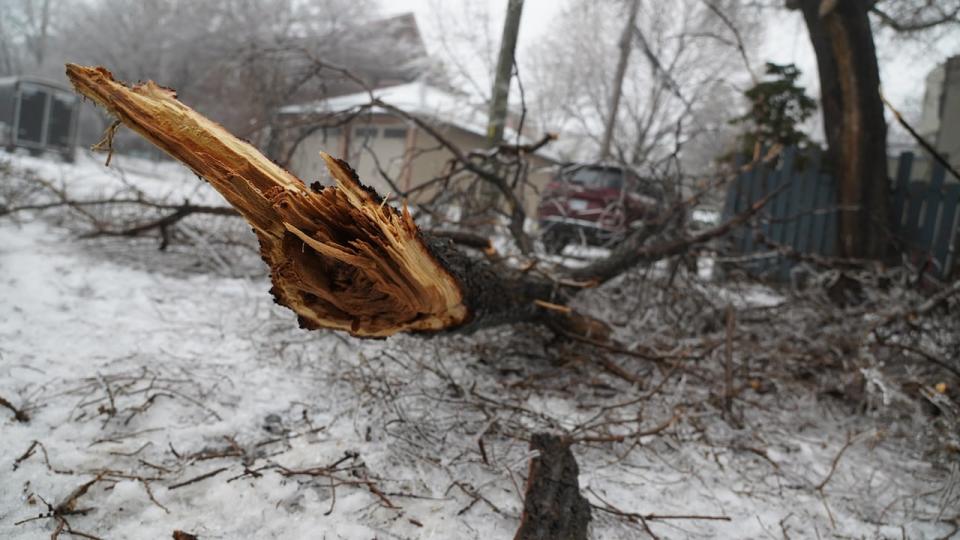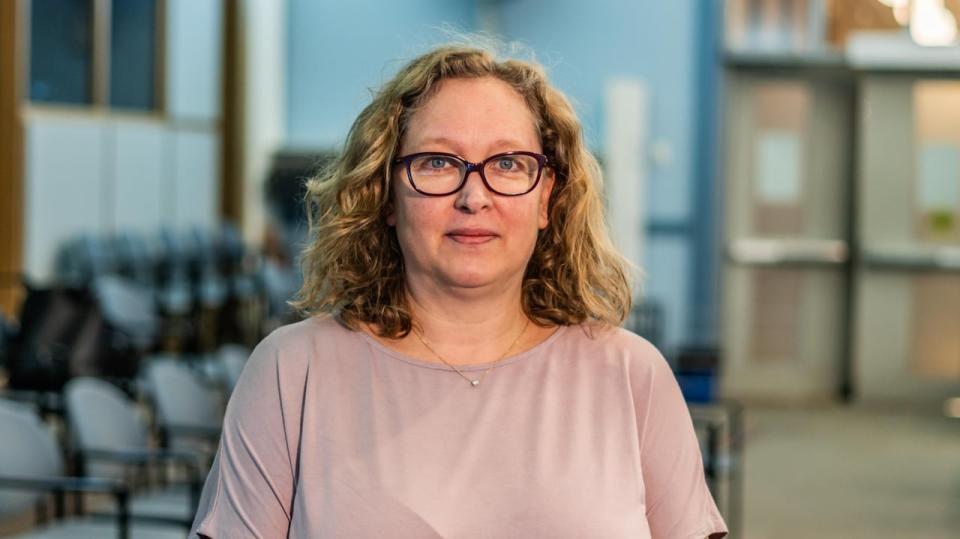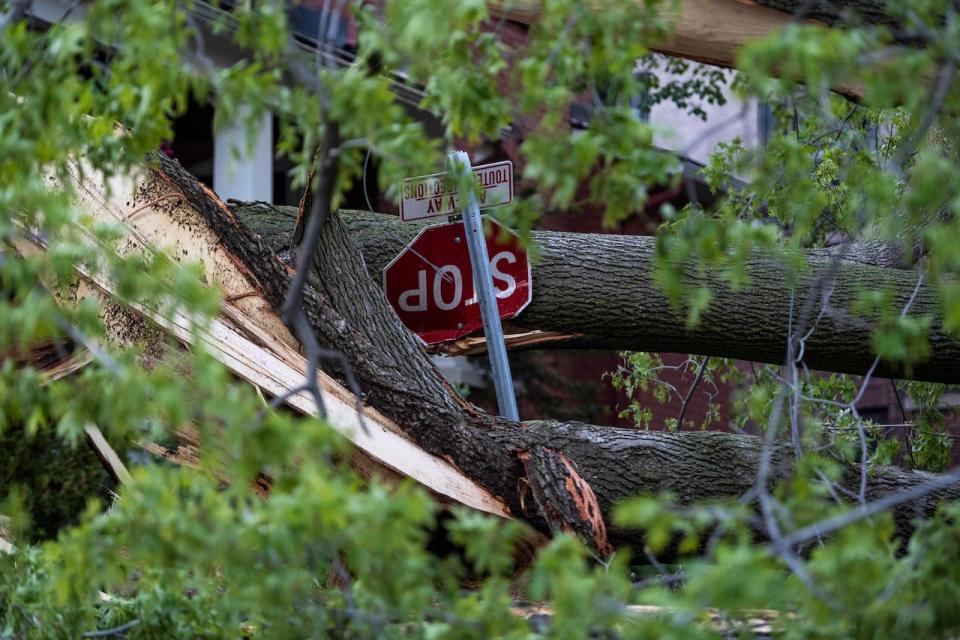City aiming to plant more trees, especially where shade's in short supply
UPDATED: Ottawa city councillors unanimously approved the two tree reports at their meeting on June 25, 2024.
New plans to address the strain that weather disasters place on staff overseeing Ottawa's tree population, and prioritize planting in neighbourhoods that need them most, will head to city council on Tuesday.
Recommendations split over two staff reports include a commitment to replace trees that fall on public land without waiting for a resident to request a replacement, and to look into adding shade to neighbourhoods with lower socio-economic status.
"It's important. We have a lot of neighbourhoods that are not meeting that 40 per cent target that we set in the official plan," Coun. Shawn Menard said after chairing last week's environment and climate change committee. "For a lot of neighbourhoods, there's a lot of concrete and not a lot of trees."
The changes are part of efforts to address a monumental loss of tree cover following a 2021 windstorm, last year's ice storm and various tornadoes.
The proposals represent early actions of a new tree-planting strategy and a response to public consultations from early this year, which included a strong call for staff to expand its programs and replace lost trees automatically.
This relates to any trees on the public right of way, including in front of properties, around apartments, on boulevards and in public parks.

More resources needed
Right now, residents need to submit a formal request to have a downed tree replaced.
"We're only replacing about 33 per cent of the trees that are removed," Tracey Schwets, program manager of forest management, told CBC.
"In order to close that gap ... we'll probably have to plant another 2,000 trees a year."
That won't happen immediately, according to staff, who recommend a phased-in approach costing $3 million. The price tag includes the trees themselves and three years of watering.
The department will also require another full-time staff position.
"Over the past several years it's been challenging," she said. "It's been a real strain on our staff. It's been a strain on the city's trees, too, and we've seen a lot of trees come down."
Schwets said this part of the city's plan should roll out in 2025, as part of the next budget cycle.

Targeting areas with little shade
The program that allows the public to purchase commemorative trees is also getting an upgrade, with an aim to widen its scope and lessen the pressure on staff.
Residents and groups would now be able to commemorate events beyond memorials, but plaques would be more limited. Anyone interested would be provided with a map of potential sites, eliminating the time-consuming obligation for staff to accompany them on those trips.
A personal dedication would cost $995 plus tax, while a community dedication that includes a plaque would cost $1,750 plus tax.
A separate report outlined the city's new focus on more equitable tree planting.
Staff plan to use American Forests' Tree Equity Score to map out areas with low canopy cover in a way that takes into account health metrics and socio-economic status by fall 2025.

Martha Copestake, senior planning forester with the city of Ottawa, said areas with tree-lined streets tend to be safer and healthier. They also tend to be wealthier, creating an imbalance staff hope to address.
"Having shade for houses and residential areas is helpful because a lot of these areas may not have access to air conditioning or it could lower their cooling costs in the summer time," she said.
With that in mind, a new $234,000 program to plant 1,250 trees on private property — with no charge to residents — will include 50 earmarked for prioritized neighbourhoods.
Even with these changes, Schwets said it will take time to see the difference.
Now, 15 years after the emerald ash borer decimated some plots of trees, she said urban foresters are only now seeing the fruits of their labour as seedlings have grown to the point where they can contribute to the city's tree cover.
"We will see that with the derecho and the ice storm," she said. "But it takes time, right? Trees go in small. They take time to grow, but over time we're going to see that canopy recover."


 Yahoo News
Yahoo News 
